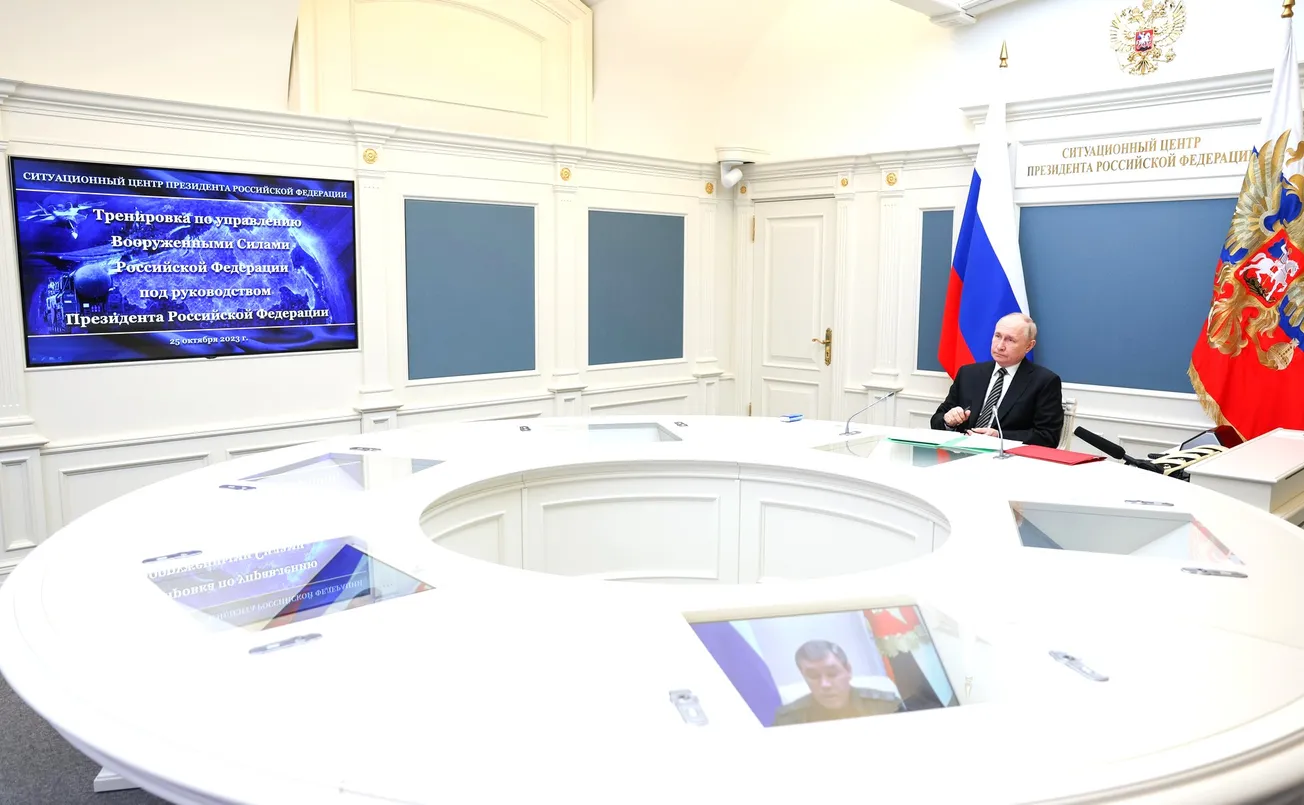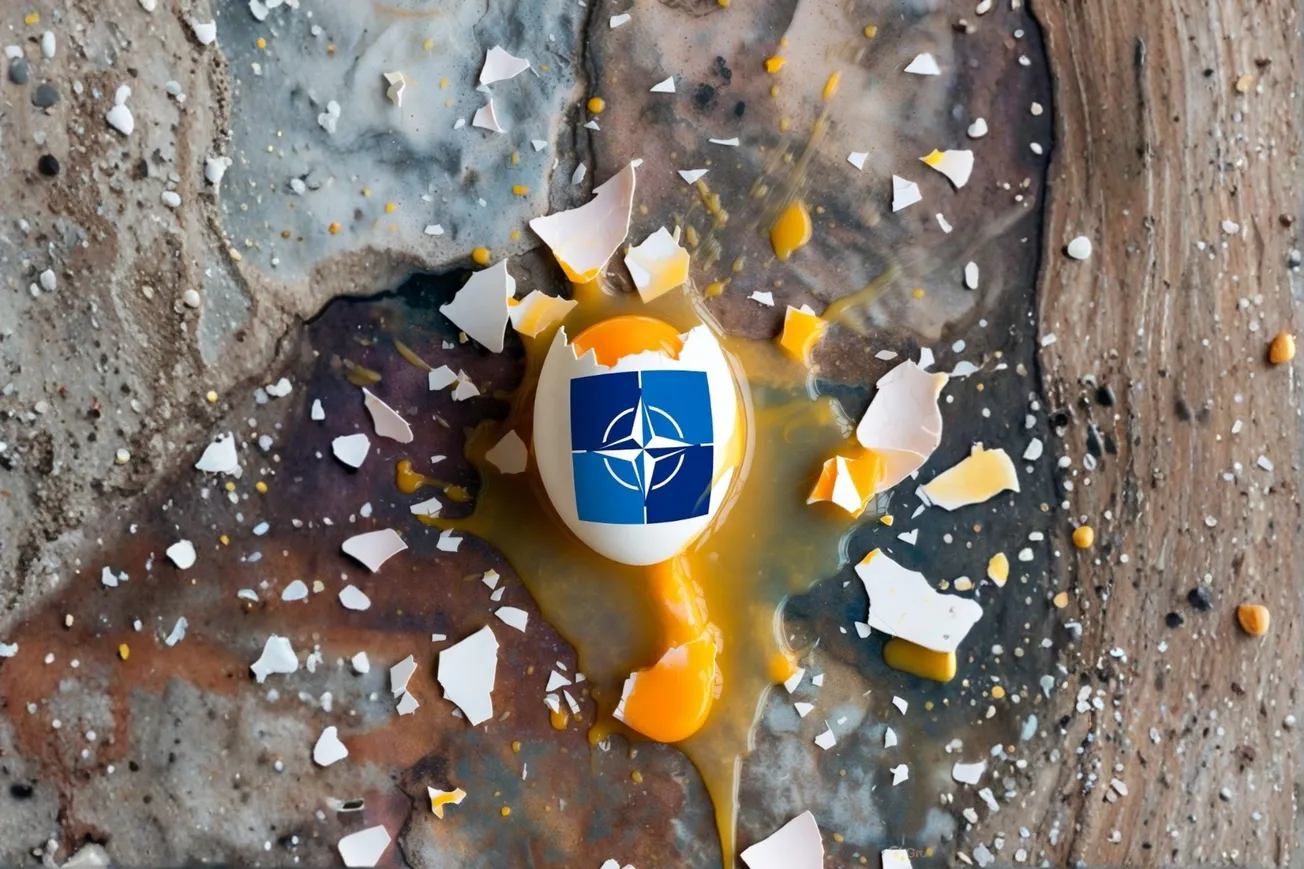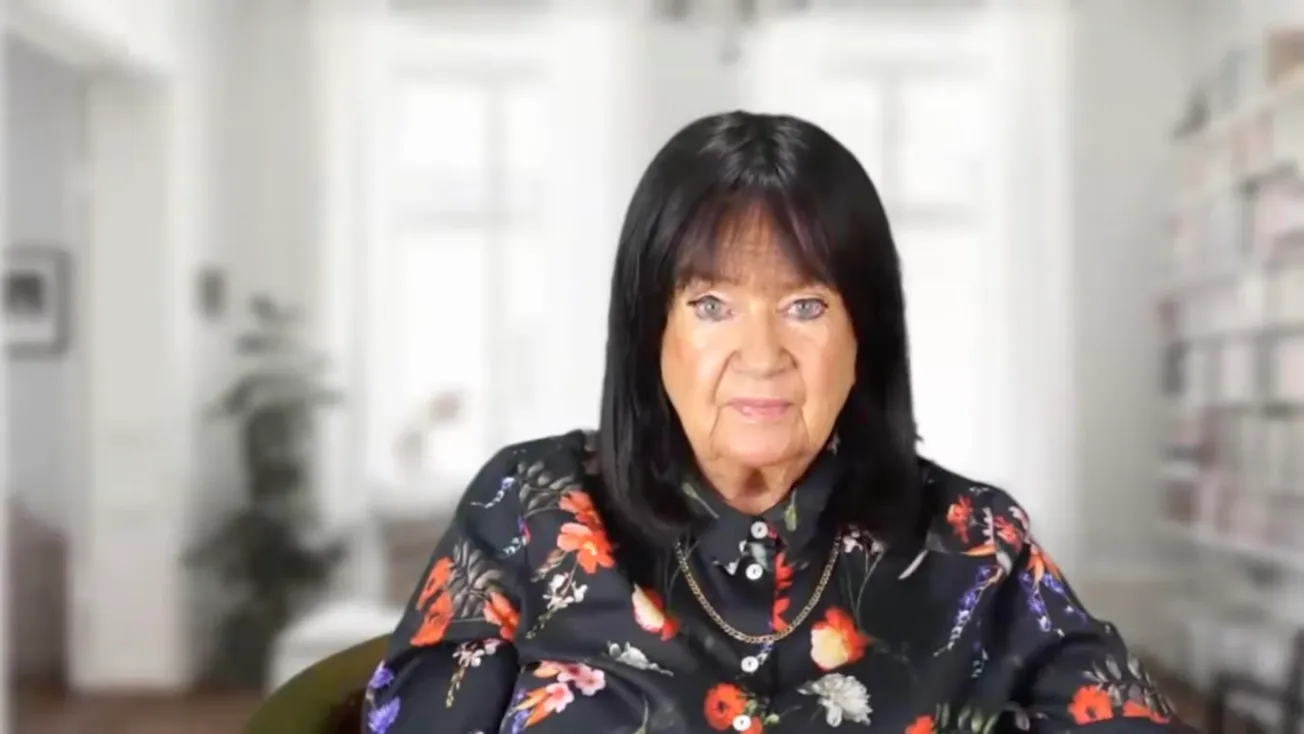Think back to early October of this year—scarcely four weeks ago.
The Ukraine war was grinding on seemingly interminably, with London and Washington resorting to increasingly provocative Ukrainian attacks on Russia using advanced Western weapons, in light of Ukraine’s “counter-offensive” fiasco. The BRICS summit had been held in South Africa in late August, and had set in motion the seed crystal of an entirely new security and development architecture for the planet. In mid-September the Eastern Economic Forum was held in Vladivostok, Russia, where extensive economic cooperation projects solidified that drive for a new economic system.
Then on Oct. 7, Hamas radicals launched a bloody attack on southern Israel and, taking advantage of surprisingly lax Israeli security at the border, entered and killed an estimated 1,400 Israelis, taking over 200 people hostage. Israel immediately launched a merciless bombing campaign against Gaza, with the IDF on Oct. 13 instructing “all residents of Gaza City to evacuate their homes” and “move south for their protection.” The IDF also announced it would soon be launching a full-scale ground assault against Gaza, which, when executed, will almost certainly trigger a political and possibly military explosion throughout the Muslim world—and beyond.
On Oct. 10, the USS Gerald R. Ford Carrier Strike Group arrived in the Eastern Mediterranean, off the coast of Israel. On Oct. 14, Defense Secretary Lloyd Austin announced he had ordered the USS Dwight D. Eisenhower Carrier Strike Group (CSG) to join the Ford aircraft carrier. On Oct. 17, the Pentagon confirmed that 2,000 U.S. troops had been put on a heightened state of readiness for possible deployment to the Middle East. And on Oct. 18, the command-and-control ship USS Mount Whitney set sail for the Eastern Mediterranean with the commander of 6th Fleet, Vice Adm. Thomas Ishee and his staff aboard. Planning is reportedly underway to “respond” to Iran’s possible involvement.
Russia is responding to the escalations. On Oct. 18, during a visit to China for the Belt and Road Forum, President Putin announced that he had “instructed the Russian Aerospace Forces to start patrolling the neutral zone over the Black Sea on the permanent basis. Our MiG-31 aircraft carry the Kinzhal systems that, as is common knowledge, have a range of over 1,000 kilometers and can reach speeds of up to Mach 9.”
And today, Oct. 25, the Kremlin announced that Putin had personally led a full training session of the country’s nuclear deterrence force. Defense Minister Shoigu added that the exercise included “the tasks of delivering a complex nuclear strike by strategic offensive forces in response to an enemy nuclear strike.”
“The world is at the brink of a catastrophe,” Schiller Institute founder Helga Zepp-LaRouche stated today during her weekly Dialogue webcast. “People must be made aware that we are in an acute danger of an escalation of not only the Middle East war,” she continued. “We are sitting on a complete powder keg and therefore an intervention is absolutely necessary.… We must shift the balance, because the alternative is straight into Hell.”
Zepp-LaRouche called for the widest possible mobilization of people of good will around the world, demanding immediate action to stop the killing. There is, in fact, a wave of protests around the world, which have now begun to spread to U.S. university campuses as well. Zepp-LaRouche specified the steps that must be taken: “There should and must be an immediate ceasefire: the weapons must be made quiet. There must be a negotiated solution … and move in the direction of the proposal by China to have an immediate peace conference for the Middle East, putting on the agenda the question of a two-state solution and UN Resolution 242.”
Zepp-LaRouche continued: “And then there must be what my late husband, Lyndon LaRouche, proposed already in 1975, namely a comprehensive economic development plan for the entire region, what he called the `Oasis Plan,’ which would basically give the chance for economic development to all sides, and that way establish a foundation for peace.”
She insisted that in all nations “the population must take a stronger role. I think that is really the test. In one sense, we are being tested as a human species: Do we have the moral fitness to survive, or not? And I think that’s the most serious question we have ever faced.”







